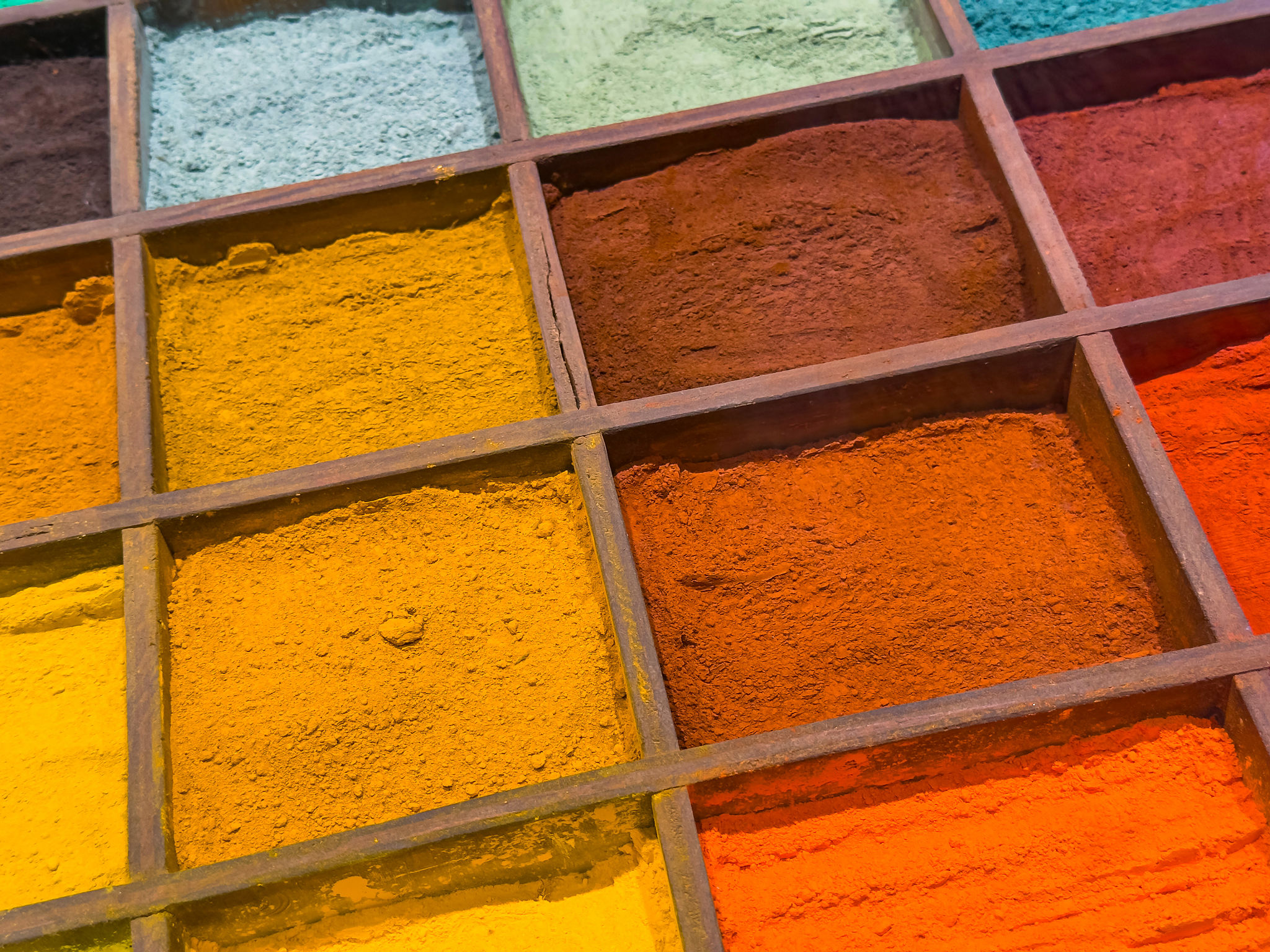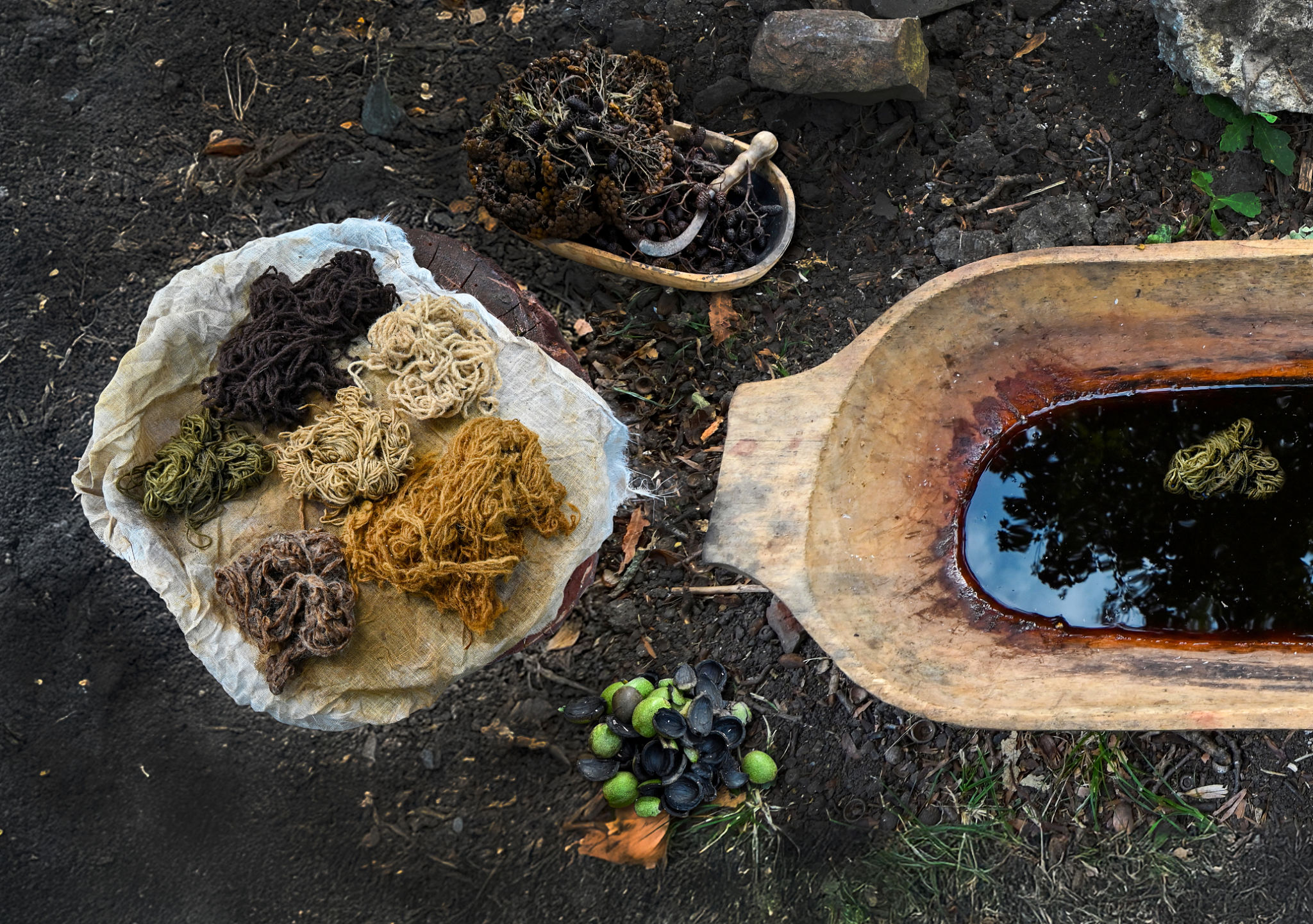Seasonal Trends in Natural Dyes and Pigments
Exploring the Vibrant World of Natural Dyes
As the seasons change, so too do the colors that define our surroundings. This natural transformation is beautifully mirrored in the world of natural dyes and pigments. With each season, certain hues come to the forefront, enhancing textiles and artworks with a palette that is both environmentally friendly and rich in history.
Natural dyes have been used for centuries, offering a sustainable alternative to synthetic options. From the soft pastels of spring to the deep, earthy tones of autumn, these dyes are sourced from plants, minerals, and even insects. Understanding the seasonal trends in natural dyes can not only enrich your artistic projects but also connect you more deeply with the natural world.

Spring: A Pastel Awakening
As nature begins to awaken from the slumber of winter, spring introduces a palette of gentle pastels. Soft pinks, light greens, and baby blues are prevalent during this time. These colors are often derived from sources such as madder root for pinks and weld for yellows and greens.
The subtlety of spring colors is perfect for projects that aim to capture the delicate beauty of new beginnings. Whether you're dyeing fabrics for fashion or creating art pieces, these pastel shades bring a sense of renewal and freshness.
Summer: Bold and Bright
The vibrancy of summer is reflected in its bold and bright color palette. Natural dyes during this season often include vivid reds, deep blues, and sunny yellows. Sources like indigo provide rich blues, while turmeric offers a brilliant yellow that captures the essence of sunlight.

Summer's abundant colors are ideal for making bold statements in design. Whether it's a striking dress or a vibrant tapestry, the intensity of these hues can transform any project into a celebration of the season's energy.
Autumn: Earthy Tones
As the leaves turn and fall, autumn brings a palette of warm, earthy tones. Natural dyes during this season often include rich browns, deep oranges, and golden yellows. These colors are typically derived from sources like wild plum and acorns, which produce beautiful, muted shades.
The earthy tones of autumn are perfect for projects that aim to evoke a sense of warmth and coziness. Whether it's home textiles or wearable art, these colors invite you to embrace the comfort of the season.

Winter: Subtle Sophistication
Winter's color palette is often subdued yet sophisticated. Soft grays, icy blues, and muted whites dominate this season. Natural dye sources such as oak galls for grays or elderberries for soft blues provide the understated elegance that defines winter's beauty.
These subtle hues are ideal for creating pieces that exude tranquility and elegance. Whether used in fashion or interior design, winter's palette offers a serene backdrop that complements the quiet beauty of the season.
The Environmental Impact
One of the most significant benefits of using natural dyes is their reduced environmental impact compared to synthetic dyes. Natural dyes are biodegradable and often sourced sustainably, making them a more eco-friendly choice for artists and designers.

By choosing natural dyes, you not only enhance your projects with rich colors but also contribute to a more sustainable world. As awareness grows about environmental issues, the use of natural dyes is becoming increasingly popular among conscious consumers.
Conclusion: Embrace the Seasons
Embracing the seasonal trends in natural dyes allows you to create works that are not only visually stunning but also environmentally conscious. Each season brings its unique palette, offering endless inspiration for your artistic endeavors. By tapping into nature's colors, you can craft pieces that are both timeless and reflective of the world's natural beauty.
